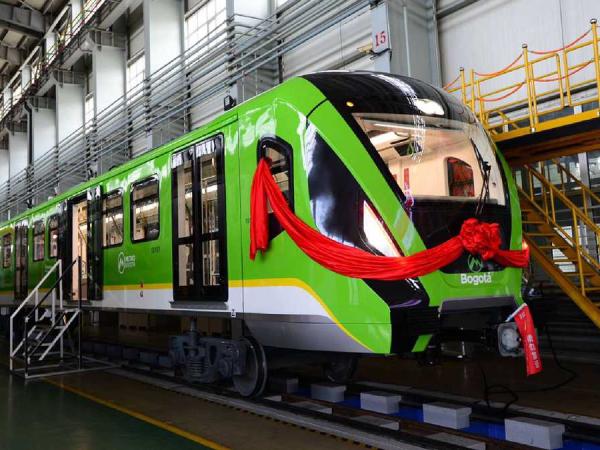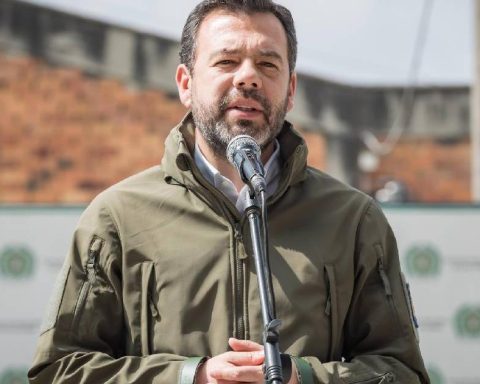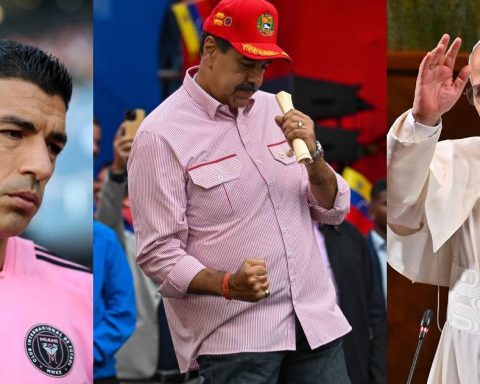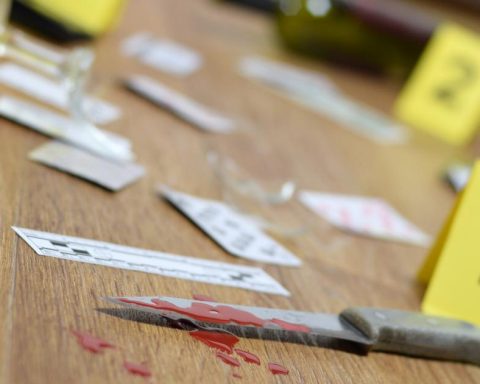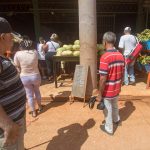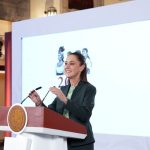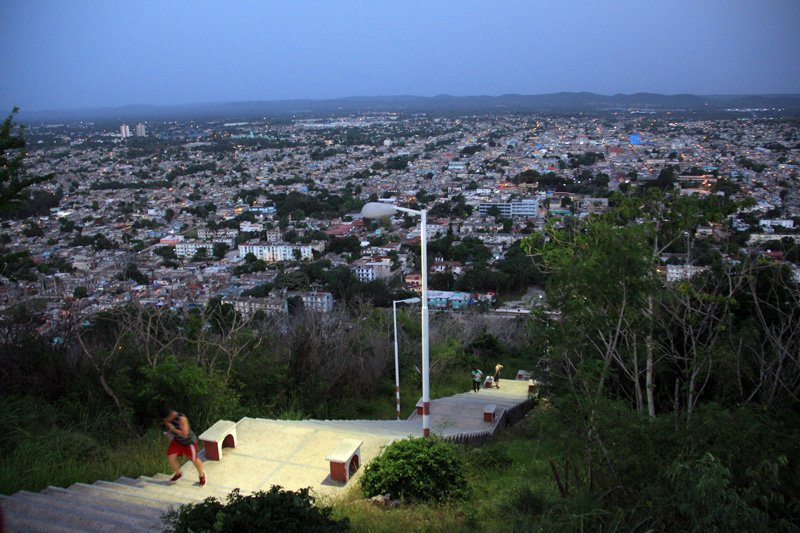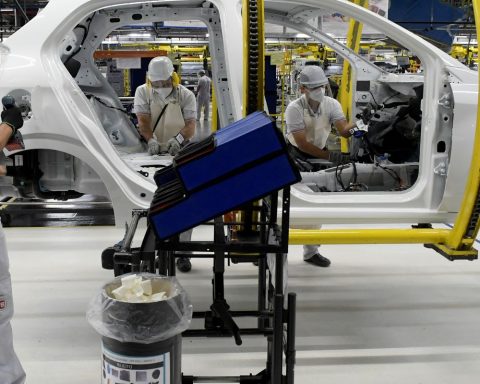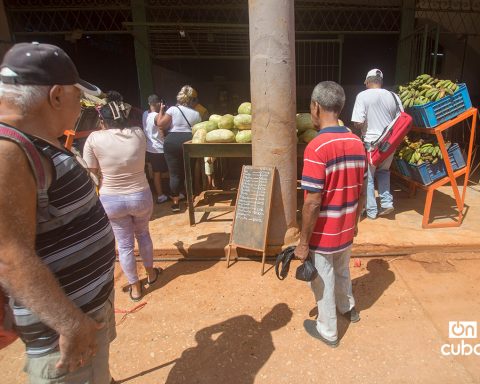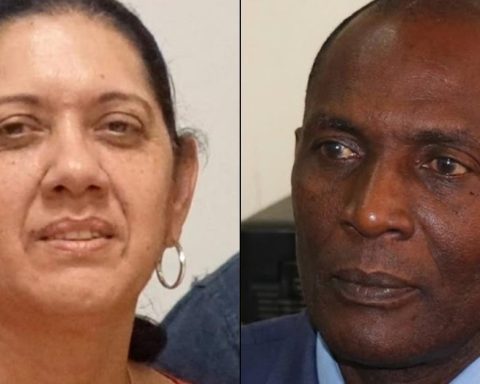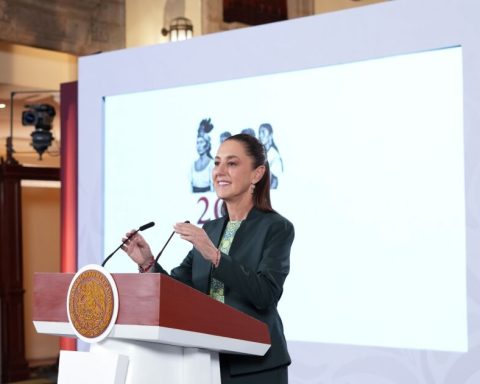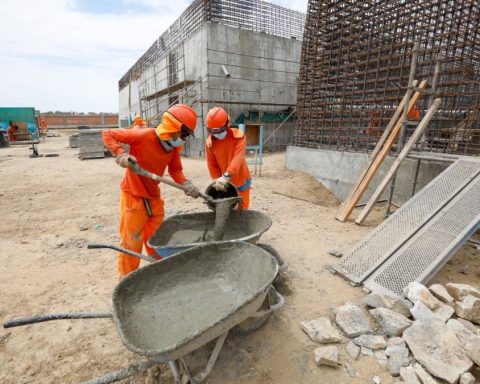In a public act that took place this Thursday, August 4, in Fontibón, the National Government, headed by President Iván Duque, and the Mayor’s Office of Bogotá led by Claudia López signed a co-financing agreement with which they ensure the resources for the construction of the second line of the Metro, which will be underground, and the Troncal de la calle 13, the new Calle 13, the ALO Sur and the expansion of the AutoNorte and the Seventh, in Bogotá.
(Government ensures $40 billion for the underground Metro in Bogotá).
“The National Government gives Bogotá on its 484th birthday the largest investment in infrastructure and sustainable mobility that has ever been made in its history: $39 billion, and with the taxes of Bogota citizens we complete real financing to start works and contracts in 2023”, Mayor López assured during her speech at the event.
In the case of the Subway, the total investment will be $34.9 billion (70% with resources from the Nation and the remaining 30% contributed by the Capital District).
WORK DETAILS
With this signature, the resources to the second metro line which will have a length of 15.5 kilometers, most underground.
In addition, with this money a workshop patio will be built that will be located in Suba and 11 stations of which 10 will be underground and the last one, close to the workshop patio, will be elevated.
According to the schedule outlined, the opening of the public tender and subsequent award will be in 2023. Construction is projected to begin in 2025 and commercial operation will begin in 2032.
The second line of the Metro will have a mainly underground route, with a route from the northeast of the city on Calle 72 with Avenida Caracas, directly benefiting the towns of Chapinero, Barrios Unidos, Engativa, and Suba, until ending in the northwestern zone in Fontanar del Río, where the Patio Taller will be located. It is estimated that the demand for the line will be more than 49 thousand passengers per hour in each direction.
(A contract is awarded to Conconcreto in civil works for the Bogotá Metro).
At the ceremony, the mayor of Bogotá presented the president with the Extraordinary Grand Cross for his contribution to the city.
13TH STREET TRUNK
For its part, the Troncal de la Calle 13 will start at Carrera 50 up to the limit with the Bogotá River, crossing the towns of Fontibón and Puente Aranda. The estimated demand for the corridor is around 15,000 passengers per hour in each direction, which will be served by 30 articulated and 74 bi-articulated buses, with electric technology.
The Calle 13 Trunk, from Avenida de Las Américas with Carrera 50 (Puente Aranda sector) to the Bogotá River, will have a contribution from the National Government of $3.48 billion (70%), and the District puts up $1.49 billion (30%), for a total value of $4.97 billion.
Carrying out this work will benefit more than 800,000 citizens. It will have 11.4 kilometers of rail, built between Carrera 50 and the Bogotá River; four lanes in each direction for mixed traffic; 1 exclusive lane for Transmilenio and 2 lanes at stations.
Added to these are 13 Transmilenio stations, a main station and a patio for 124 bi-articulated buses. It also includes the construction of public space with sidewalks and bike paths.
The integration of the Second Line of the Bogotá Metro and the 13th Street Trunk to the transport network of the city and the region will generate benefits in the quality of life of the inhabitants of its areas of influence and in the productivity of the region.
BRIEFCASE
